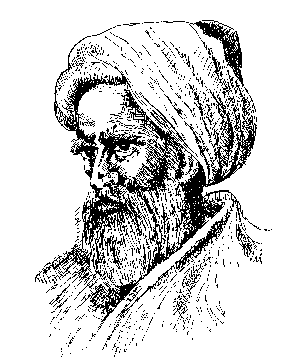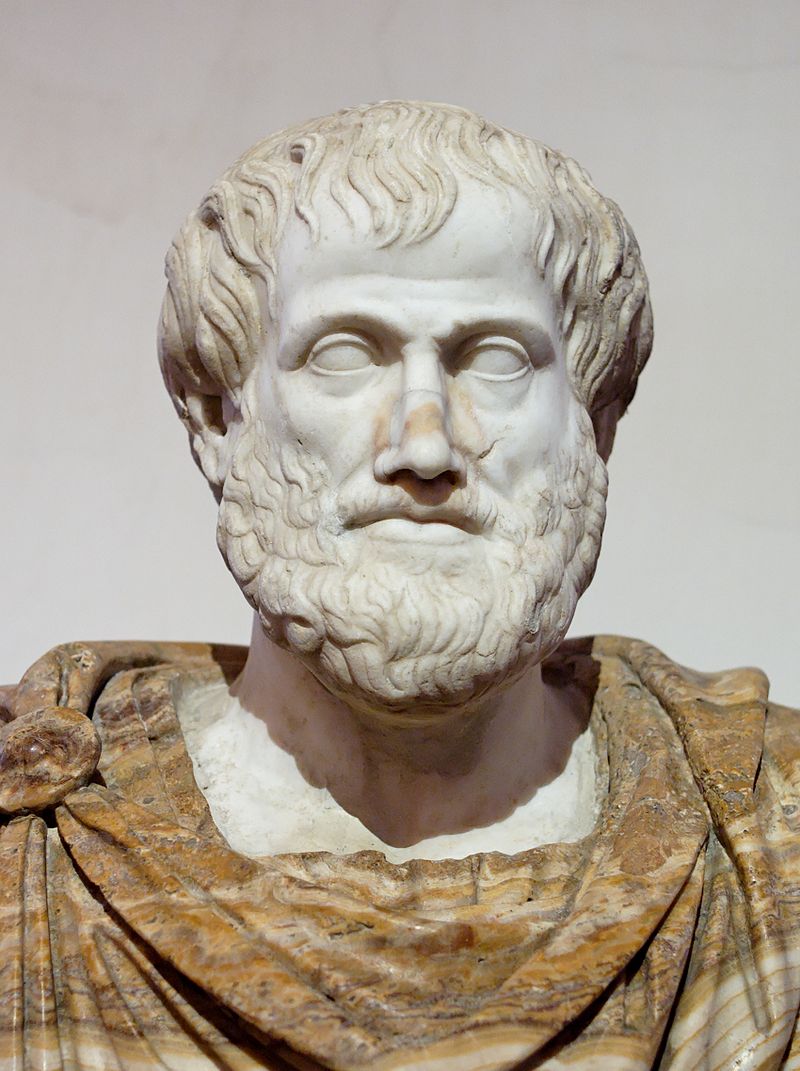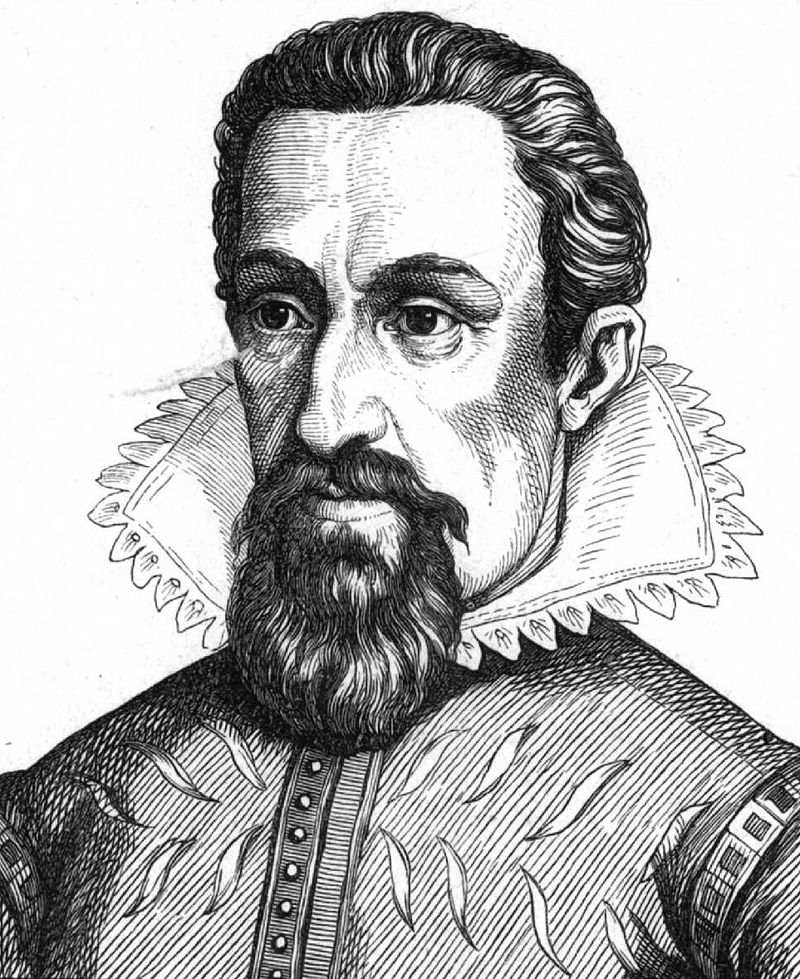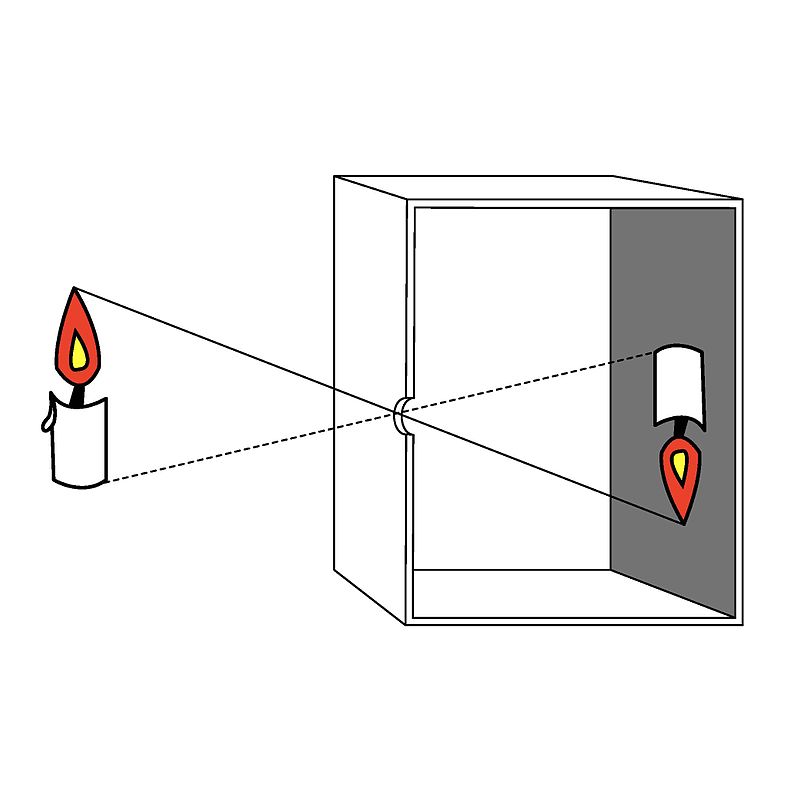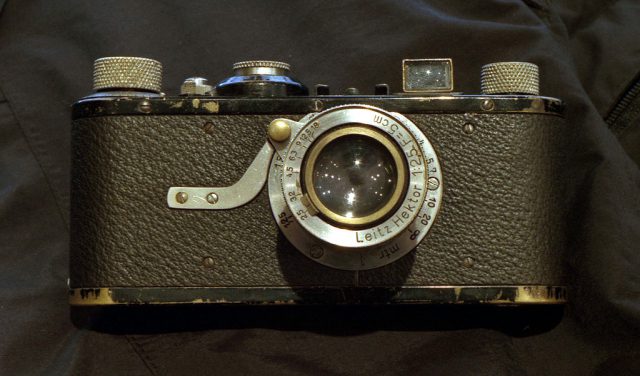Sure if you love photography you will have the curiosity to know about digital photography history timeline & also camera invention history.
The following are some photos of the famous photographers
Louis-Jacques-Mandé Daguerre:
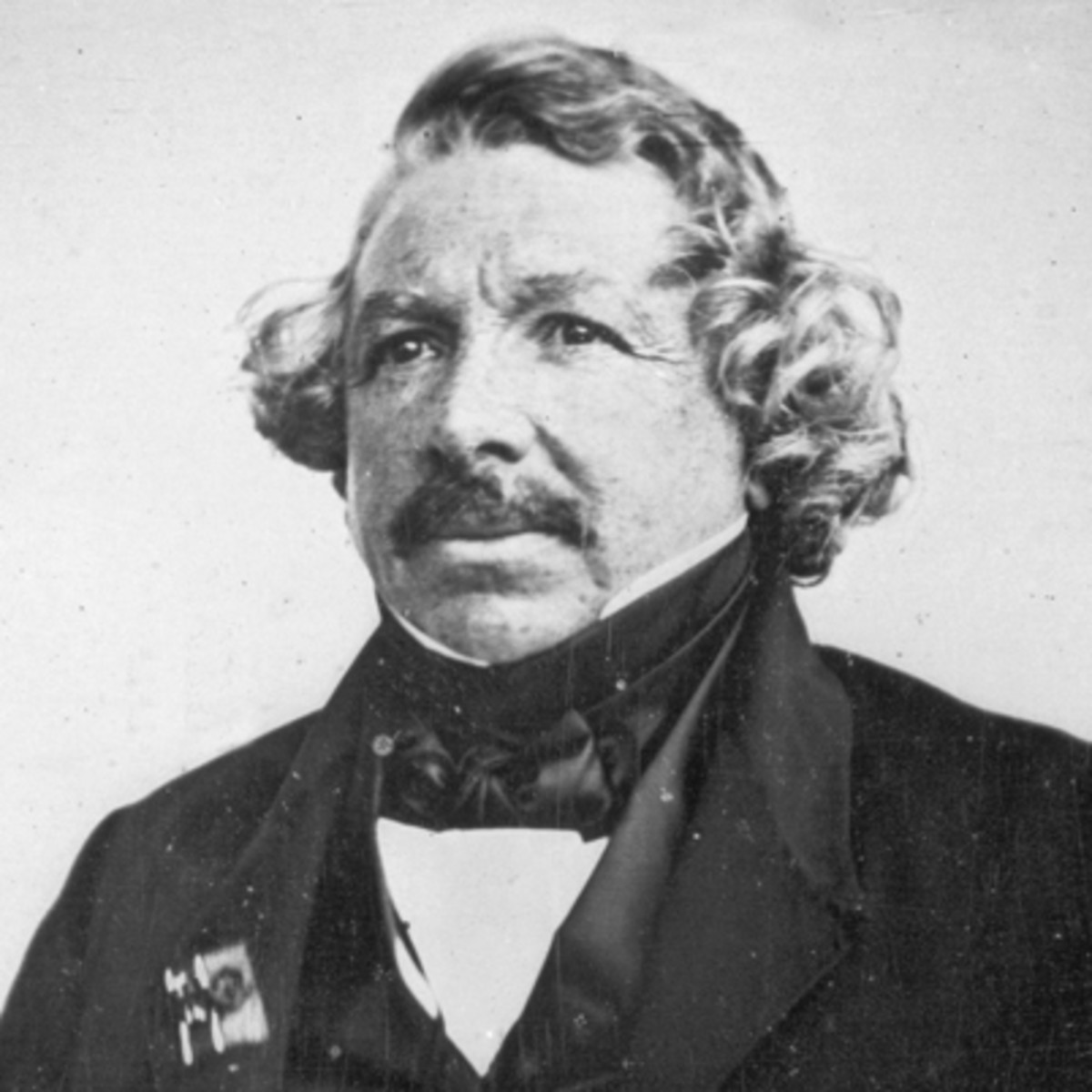
Louis Jacques Mandé Daguerre
He was a French artist and photographer, born on 18 November 1787, he recognized for his invention of the daguerreotype process of photography, in 1829 he performed a partnership with Joseph Niepce, Niepce took the first permanent photograph in 1826-1827, he died in 1833
After many years of experimentation, Daguerre developed an effective method of photography naming it Daguerreotype, in 1839 Daguerre & Niepce’s son sold the rights for the daguerreotype to the French government & published a book explaining the process, by 1850 there were a seventy daguerreotype studios in “photography” which is derived from the Greek word photos (“Light”) &graphicsc (“to draw”), The word was first used by the scientist Sir John F.W Herschel in 1839, it is a method of recording images by the action of light, or related radiation, or sensitive material.
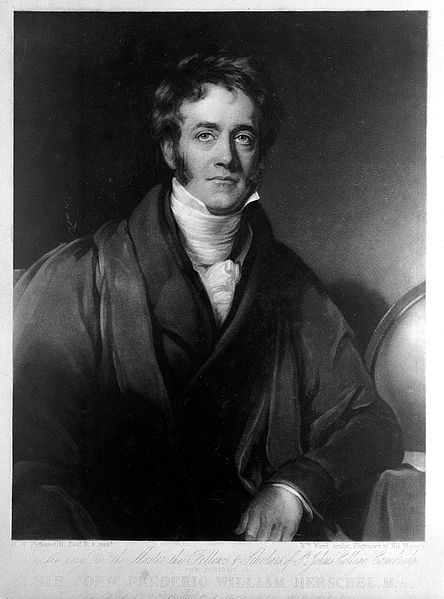
Portrait of Sir F.W. Herschel, 1792-1871
Joseph_Nicéphore_Niépce
In 1827, it took 8 hours for Joseph Niepce to obtain the first fixed image, About the same time Daguerre was experimenting to find a way to capture an image.
Pinhole camera:
El Hassan Ibn El Haytham, a great authority on optics in the middle east invented the pinhole camera & explained why the image is upside down.
Ibn El Haytham
The camera obscura: Aristotle to Zahn
The first casual reference to the camera obscura is by Aristotle (330 BC), who questions how the sun can make a circular image when it shines through a square hole. Johannes Kepler was the first person to coin the phrase camera obscura in 1604, in 1609 Kepler suggested the use of a lens to improve the image projected by a camera obscura.
Aristotle (330 BC)
Johannes Kepler
The principle of the camera obscura.
Magnetic Lantern – Slide projector:
The Magnetic lantern was the forerunner of the modern slide projector.
Flashlight powder:
Was invented in Germany in 1887 by Adolf Miethe & Johannes Gaedicke, Lycopodium powder was used in early flash powder.
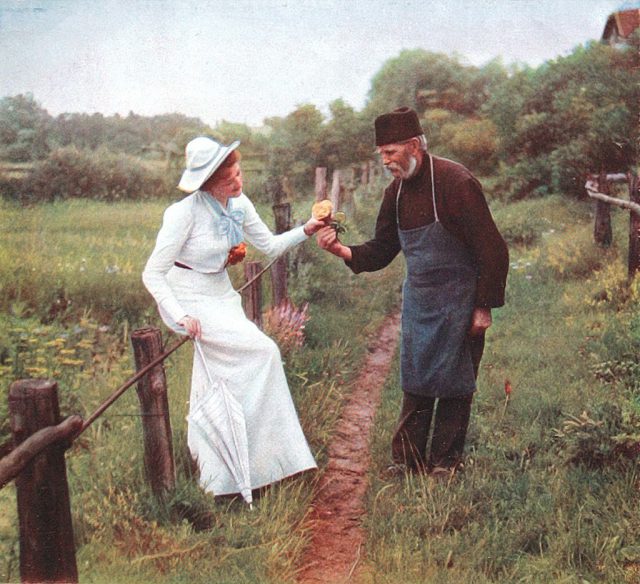
Early color photograph by Adolf Miethe, printed from three color-filtered black-and-white negatives made with a color camera designed by Miethe.
Flash Bulbs:
The first modern photo flash bulb or the flash bulb was invented by Austrian, Paul Vierkotter, he used magnesium-coated wire in an evacuated glass globe. The magnesium-coated wire was soon replaced by aluminum foil in oxygen, in 1930, the first commercially available photo flash bulb was patented by German, Johannes Ostermeier.
Photography Time Line History
5th-4th Centuries B.C: Chinese & Greek Philosophers describe the basic principles of optics & the camera
166464-1666: Isaac Newton discovers the white light is composed of different colors.
1727: Johann Heinrich discovered that silver nitrate darkened upon exposure to light.
1794: First panorama open, the forerunner of the movie house invented by Robert Barker.
1814: Joseph Niepce archives first photographic image with camera Obscura- however, the image required 8 hours of light exposure & later faded.
1837: Daguerre’s first daguerreotype, the first image that was fixed & didn’t fade & needed under 30 minutes of light exposure.
1840: First American patent issued in photography to Alexander Walcott for his camera.
1843: First advertisement with a photograph made in Philadelphia.
1859: Panoramic camera patented- the Sutton.
1861: Oliver Wendell Holmes invents stereoscope viewer.
1865: Photographs & photographic negatives are added to protected works under copyright.
1884: George Eastman invents flexible, paper-based photographic film.
1888: Eastman patents Kodak roll-film camera.
1913/1914: First 35 mm still camera developed.
1927: General electric invents the modern flashbulb.
1932: First light meter with photoelectric cell introduced.
1941: Eastman Kodak introduces soda color negative film.
1942: Chester Carlson receives a patent for electric photography (xerography).
1948: Edwin Land markets the Polaroid camera.
1954: Eastman Kodak introduces high-speed Tri-X Film.
1960: EG & G develops extreme depth underwater camera for U.S Navy.
1963: Polaroid introduces the instant color film.
1968: Photograph of the Earth from the moon.
1973: Polaroid introduces one-step instant photography with SX-70 camera.
1978: Konica introduces the first point & shoot autofocus camera.
1980: Sony demonstrates the first consumer camcorder.
1984: Canon demonstrates first digital electronic still camera.
1985: Pixar introduces digital image processing.
1987: The popular Canon EOS system introduced, with the new all-electronic lens mount.
1990: Eastman Kodak announces Photo CD as a digital image storage medium. & Adobe Photoshop released.
1991: Kodak DCS-100 first digital SLR, a modified Nikon F3.
1992: Kodak introduces Photo CD.
1999: Nikon D1 SLR, 2.74 megapixels for US$6000, first ground-up DSLR design by a leading manufacturer.
2000: Camera phone introduced in Japan by Sharp/J-phone.
2001: Polaroid goes bankrupt.
2003: Canon digital Rebel introduced for less than US$1000.
2004: Kodak Ceases production of film cameras.
2005: Canon EOS 5D, first consumer-priced full-frame digital SLR, with a 24×36 mm CMOS sensor for US$3000.
Daguerreotype camera made by Maison Suisse fereres in 1839
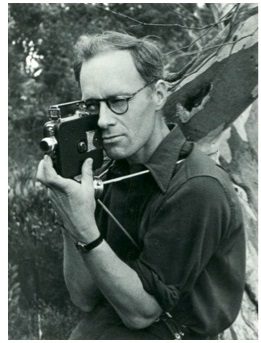
Self-portrait with the first movie camera, Perth, 1933-34.
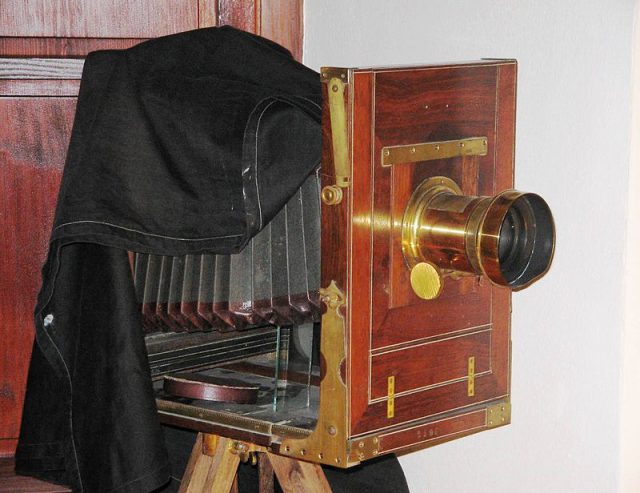
Late 19th-century studio camera
Kodak No. 2 Brownie box camera, circa 1910
Leica I, 1925
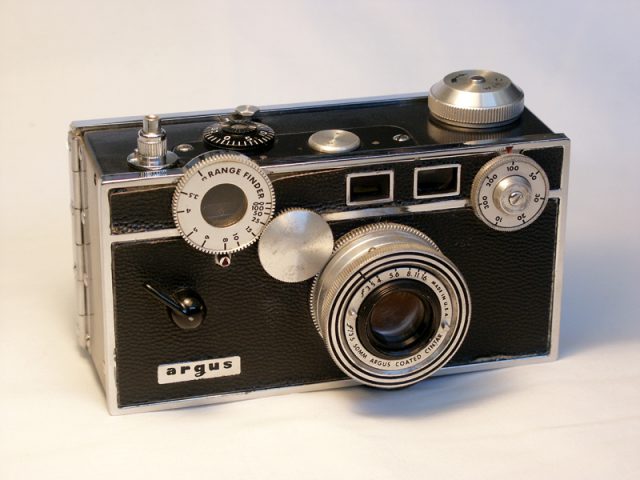
Argus C3, 1939
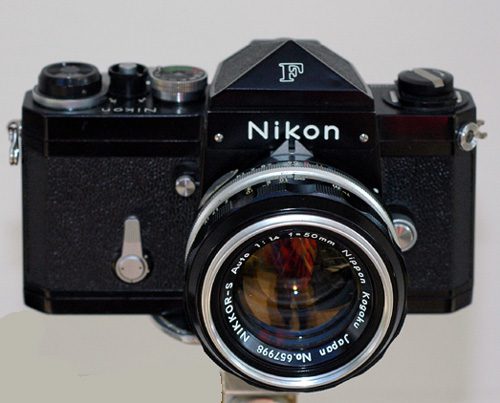
Nikon F of 1959
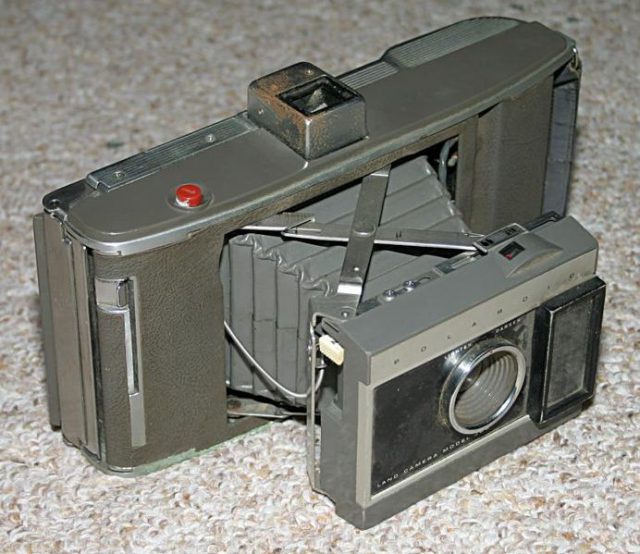
Polaroid Model J66, 1961

Sony Mavica, 1981
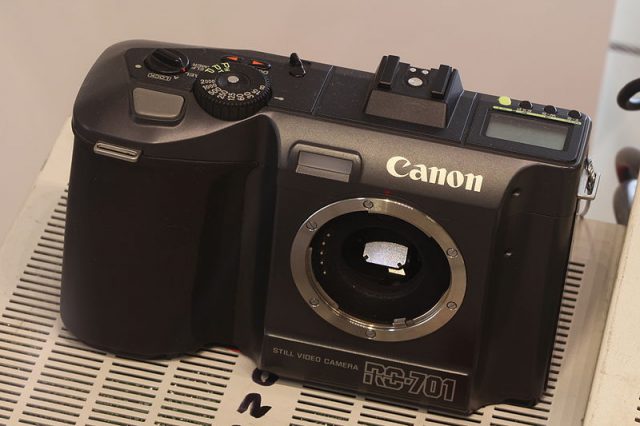
Canon RC-701, 1986
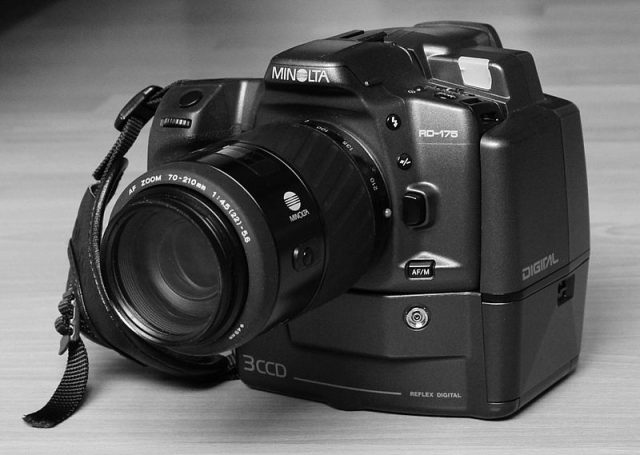
The first portable digital SLR camera, introduced by Minolta in 1995.
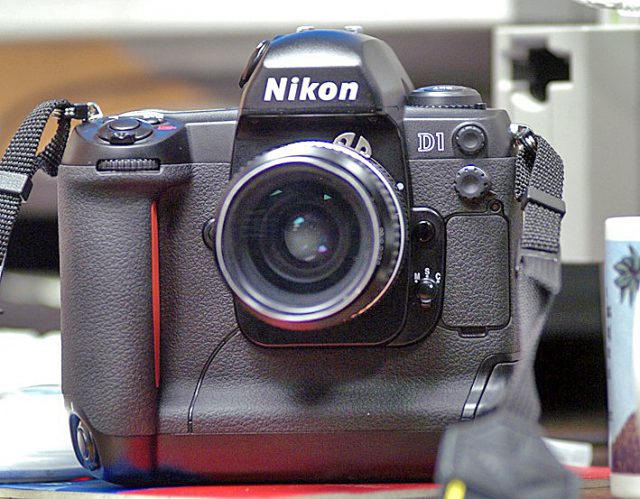
Nikon D1, 1999
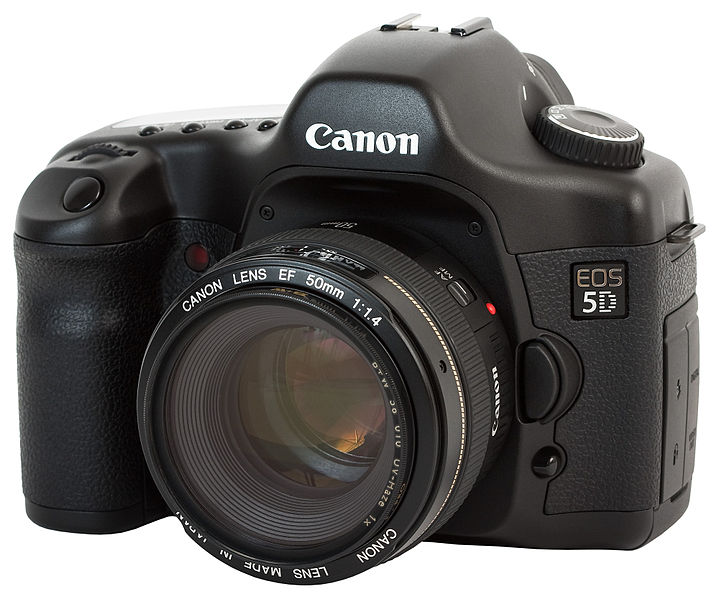
EOS 5D (DSLR) camera body- 22 August 2005


